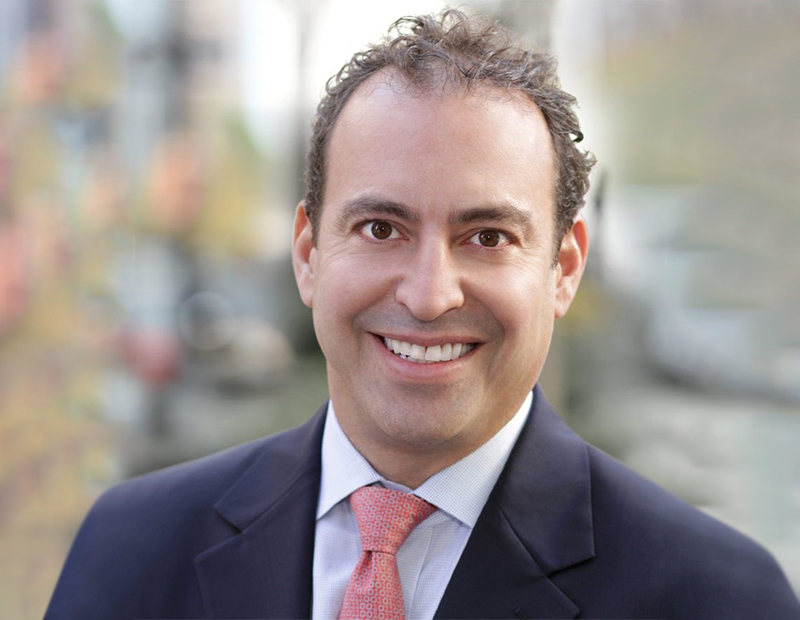Q&A: How Silverstein Capital Is Girding for the Slowdown
President Michael May discusses the company’s first year and what its growth plans look like.
In October of 2018, Silverstein Properties announced the launch of its lending venture in a bid to cover a gap in the market. Silverstein Capital Partners would devote its ample resources to making large loans for complicated projects.
Six months later, the new firm closed its first deal—a $240 million mezzanine loan for JDS Development’s 9 DeKalb Avenue tower in Brooklyn. The loan was part of a $664 million construction financing package with Otéra Capital providing the senior mortgage.
In an interview with Commercial Property Executive, Silverstein Capital Partners President Michael May reviewed this past year and previewed the company’s strategy for the expected slowdown.
READ ALSO: The New Lineup of Debt Players
One year after launching, are you still confident in the performance of the CRE market?
May: Many markets have softened over the past year, but the cost of trades and materials continues to increase. This disparity is lowering returns and making deals more difficult to underwrite. Capital is still available for most projects, meaning continued supply and sometimes oversupply. We are a new business and excited to lend but are being extremely cautious with our projections of growth in rents and pricing.
What have you learned in the past year about the large-loan niche?
May: Each market and project faces unique opportunities and challenges. We are very pleased with the deals we closed but have been highly selective. We look at every deal as an owner and focus on loans with equity economics that we would pursue on our own. Many of the larger institutional deals are being done at low leverage due to the glut of available equity, so our sweet spot is finding opportunities at higher leverage that still pencil after being fully capitalized. This analysis is leading us to lend in markets outside of New York, including Philadelphia, Los Angeles, and Seattle.
How do you see real estate development in New York City?
May: New York is facing some headwinds with changes in SALT deductions and a number of recently legislated restrictions that hurt property values. We view New York as a number of micro-markets. Certain areas have years of condo oversupply at current pricing or high vacancies. Other spots like the World Trade Center have seen incredible leasing and our life science business is extremely strong. We analyze each submarket and property type within that submarket and development budget highly independently.
What are your top three takeaways regarding real estate capital markets in 2019?
May: There is still plenty of capital available for development both in equity and debt. Technology is key and is driving leasing, uplifting entire markets like Nashville and Austin, and rewriting how owners analyze and operate properties. Banks and CLOs have been incredibly helpful to alternative lenders by providing liquidity to finance more highly leveraged loans.
How is Silverstein Capital Partners strategizing for an economic slowdown?
May: We are focusing on markets that have strong fundamentals, are technology- centric, have good public transportation and allow live/work/play. Within those markets, we look for assets where our loan-to-value is measured against the ultimate value of the assets. Within New York, we are already seeing steep declines in condo prices and retail rents, and we underwrite these projects at lower values than a year ago. Rental apartments are facing severe caps on rents, yet expenses and taxes continue to grow, which we consider in our analysis.
On a brighter note, certain markets have steadily increasing rents and a scarcity of new supply. However, we believe that there will be a recession in the near term and our underwriting and capitalizations are built to withstand that stress.
What should we look out for in the 2020 capital markets?
May: We expect to increase production in our second year, and most of our competitors also anticipate increasing their lending. I believe there will be many well-conceived projects that we will pursue both in New York and other major markets. We are braced for a recession, but low rates continue to drive returns, which facilitates development.









You must be logged in to post a comment.